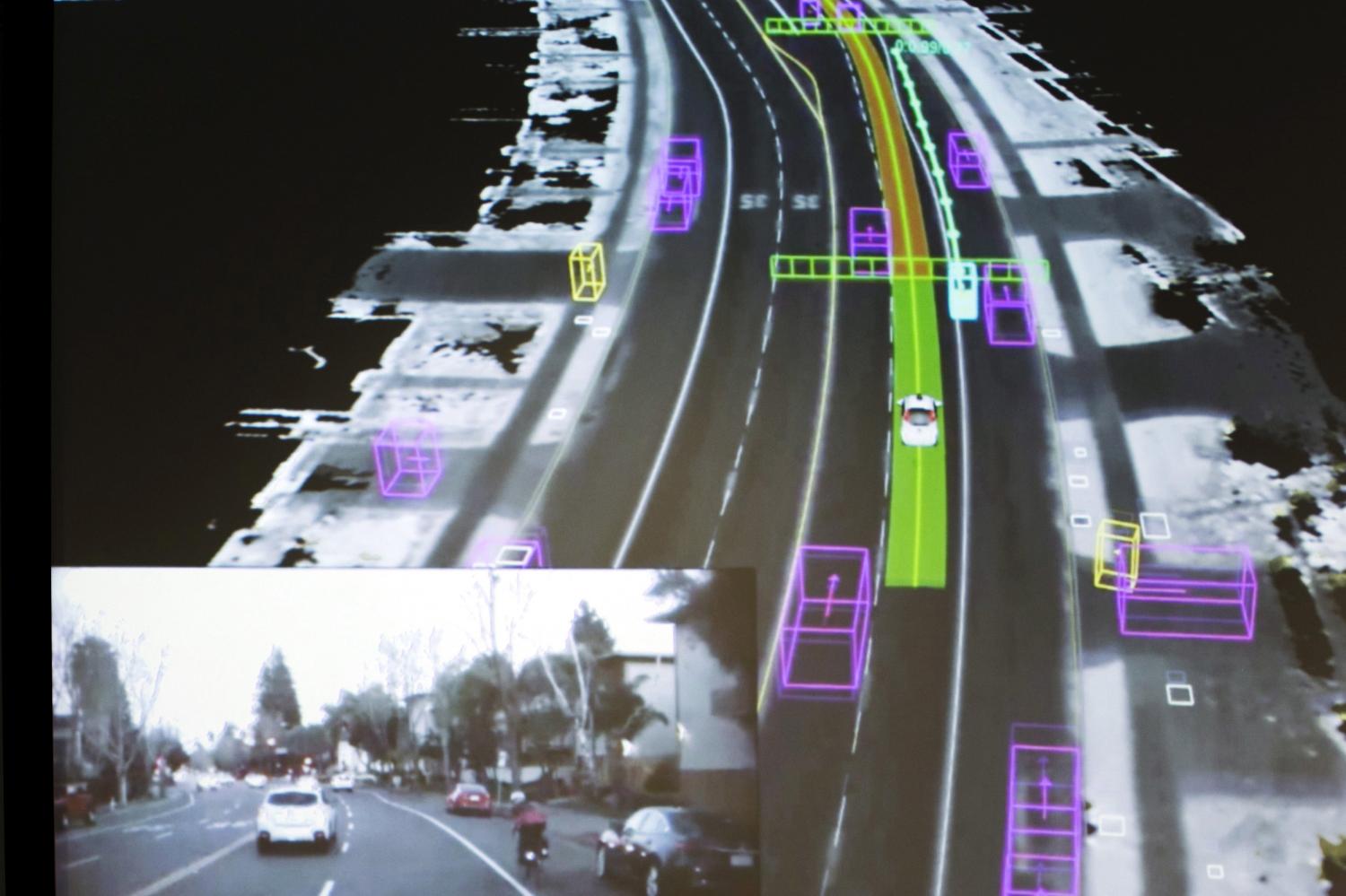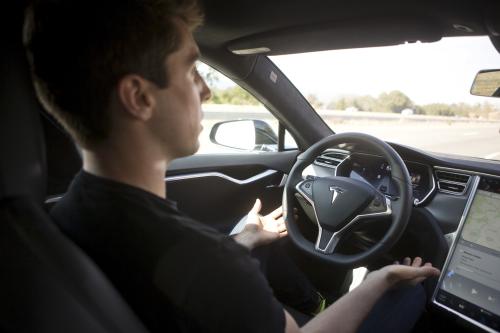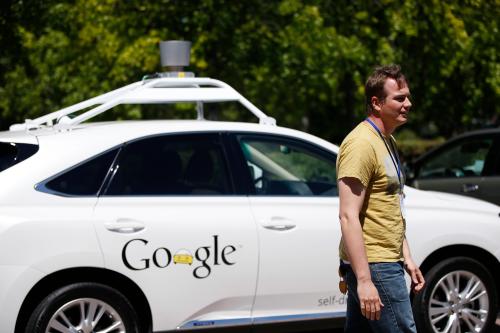Self-driving vehicles are close to becoming an everyday reality, but government and business leaders need to think about the ways they deal with this sector. Between now and 2021, autonomous vehicles will move into the marketplace and usher in a novel period. Major automotive companies and software developers have made considerable progress in navigation, collision avoidance, and street mapping. With the emergence of 5G networks and the internet of things, these trends will harbor a new era of vehicle development around the world.
This paper offers a comparison of autonomous vehicle development and policies in China, Europe, Japan, Korea, and the United States, analyzing different types of autonomous vehicles, their potential impact, and the budgetary, legal, ethical, and regulatory issues raised by driverless cars and trucks in each region. Ultimately, author Darrell West argues that connected vehicles are likely to improve highway safety, alleviate traffic congestion, and reduce air pollution. However, to do that, designers must overcome obstacles such as poor infrastructure, bad weather, inadequate spectrum, hacking threats, and public acceptance.
West writes that the technology to surmount these barriers exists and is poised for commercial deployment. Thus, it is essential that government officials and business leaders in each of the examined countries resolve outstanding issues within a foreseeable period—before the technology advances to the point where intelligent vehicles spread into services such as ride-sharing, taxis, truck delivery, and transport for senior citizens and the disabled. West addresses trends in automotive technology and stresses the importance of reasonable guidance on how to commercialize these advanced technologies.






